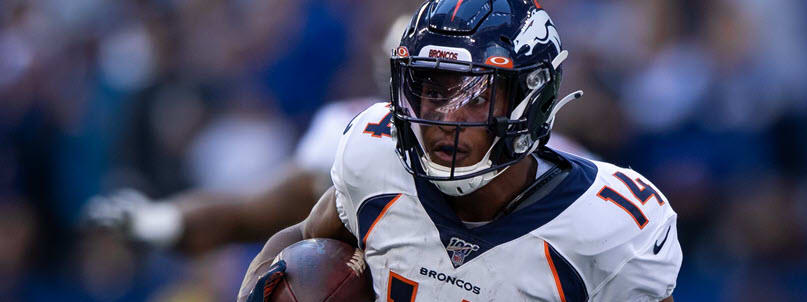
Dan Marcus checks the Week 8 NFL slate of games, posting his top high and low Underdog picks. He likes Courtland Sutton against the leaky Cowboys pass defense.
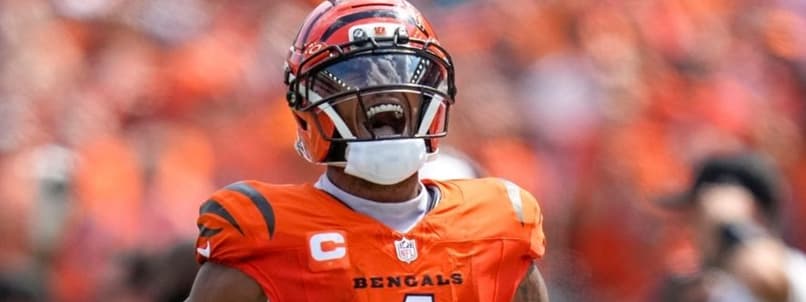
The Jets will be without star cornerback Sauce Gardner on Sunday, which should open up plenty of opportunities for Bengals wide receiver Ja'Marr Chase.

Check out the top plays for FanDuel's Saturday main slate, including Taylen Green as the Razorbacks host a struggling Auburn squad.

The Alouettes and Blue Bombers close out the regular season in Winnipeg, and Montreal's Tyson Philpot has a strong chance to head into the postseason with some momentum.

Friday's NFL injury report for Week 8, with key updates, player news and fantasy football implications to help you make smart lineup decisions.

Get the best NFL betting promos and bonuses for Week 8 of NFL action! Learn about exclusive NFL sportsbook promo codes and how to claim them.
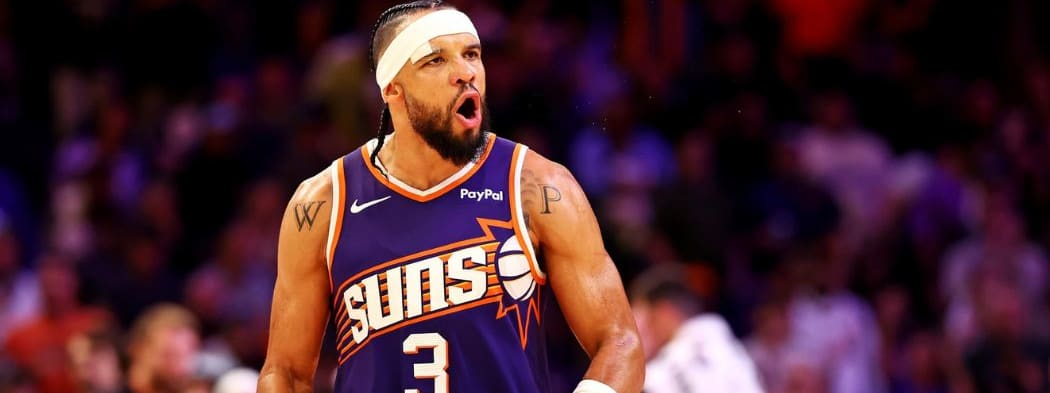
You can get $100 in bonus bets instantly for the Phoenix Suns vs. Los Angeles Clippers with the Bet Desert Diamond promo code. Claim your Bet Desert Diamond bonus today!

Ryan Belongia is back for Week 8 with his Chalkboard Pick 'em selections. He likes Saints QB Spencer Rattler and a pair of his WRs to have a day vs. the Bucs.

You can get a 3-mont subscription to NBA League Pass by signing up with our exclusive link. Learn about how to claim the NBA League Pass promo code today!

Learn expert strategies for fantasy basketball trades. Discover how to buy low, sell high and make winning moves to maximize your NBA fantasy league success.
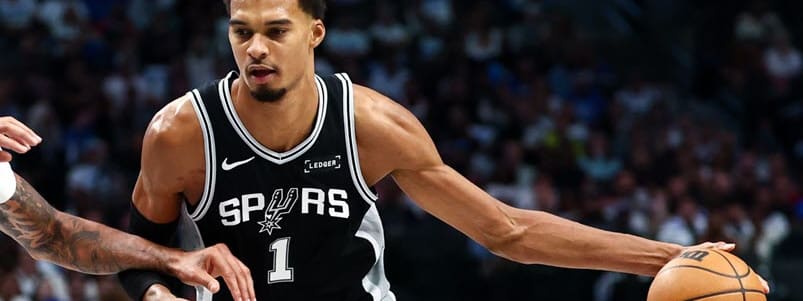
Fill out an elite DFS lineup led by Derrick White, Donovan Mitchell and Anthony Davis. Discover today’s top matchups and value picks on DraftKings.

Analyze Week 8 top WR vs. CB matchups. Get insights on key WR vs CB battles, potential upgrades or downgrades and fantasy football implications. Courtland Sutton will likely produce against Dallas.
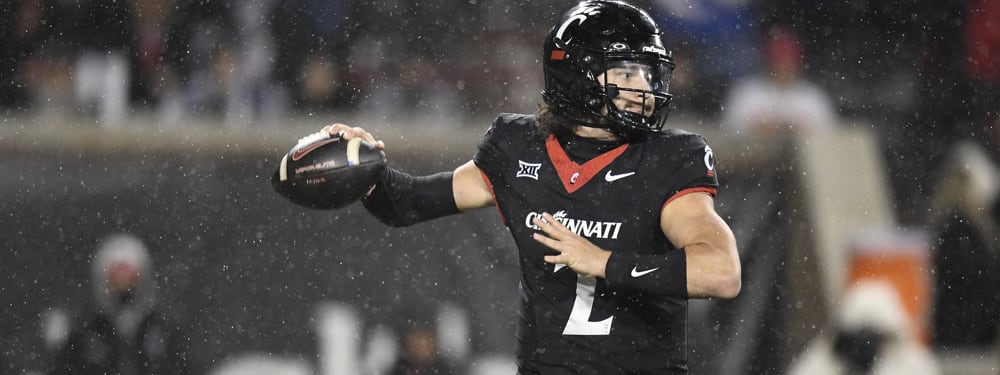
Gear up for the CFB DFS main slate on DraftKings for Week 9 with John McKechnie's breakdown on his favorite plays and lineup strategy advice.

Claim $50 in bonus picks when you sign up and register right now using the exclusive DraftKings Pick 6 promo. Claim the DraftKings Pick 6 promo for today's NFL games & more.
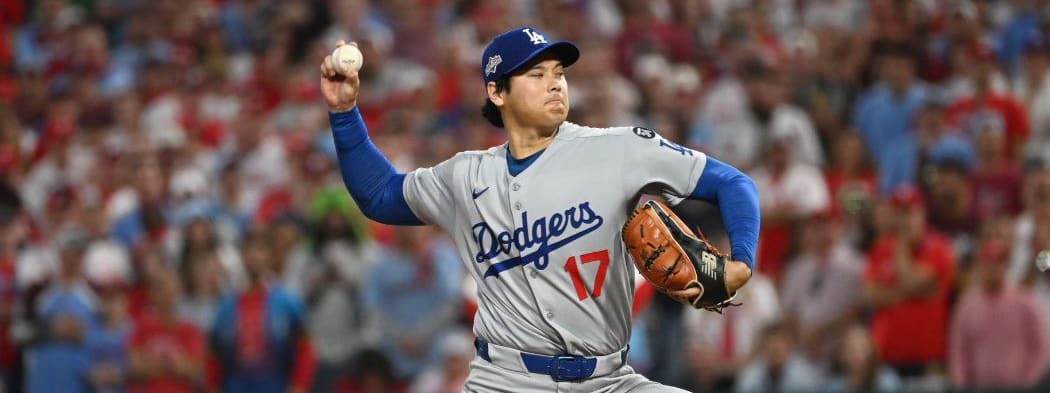
While sports betting isn't legal just yet in the Golden State, you can find the best legal California sportsbooks that you can bet with right now!

Kyle Larson has been strong at Martinsville of late, and C.J. Radune is backing the No. 5 team in NASCAR DFS contests on DraftKings and at the betting window this week.

Nick Whalen joins VSiN Friday morning to talk best bets for NFL Week 8. They start with Sunday Night's Packers at Steeler's game. Nick likes Jordan Love and the Pack.


